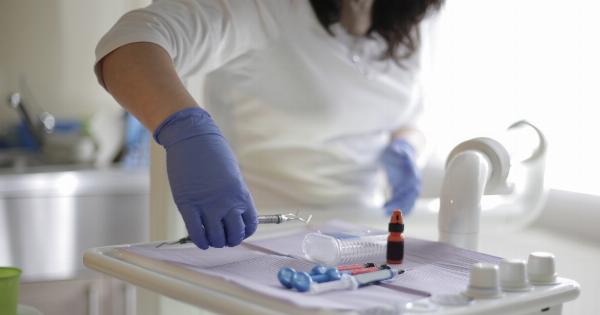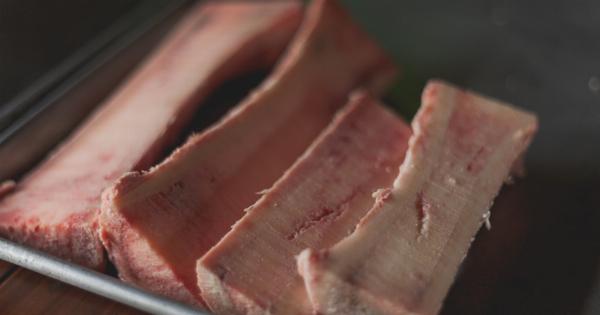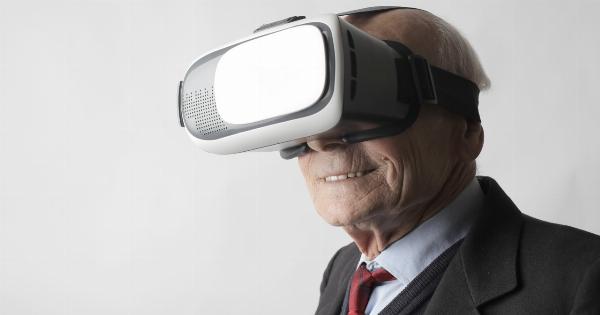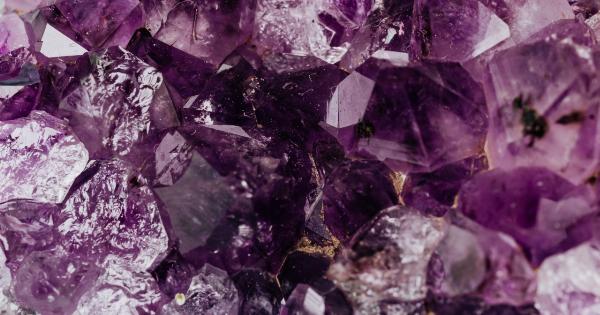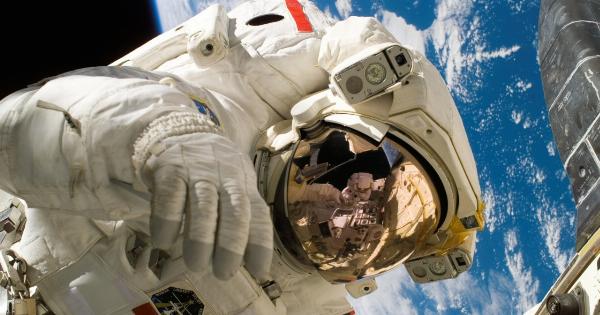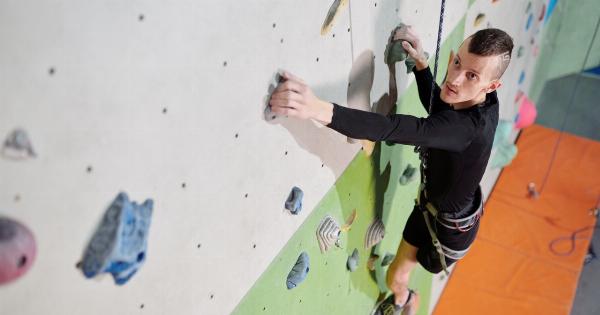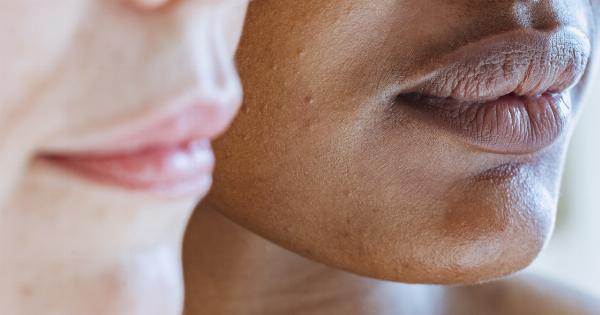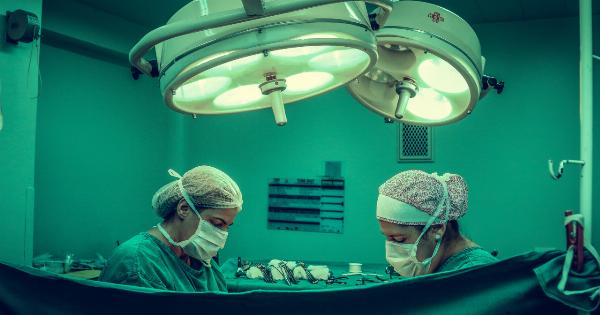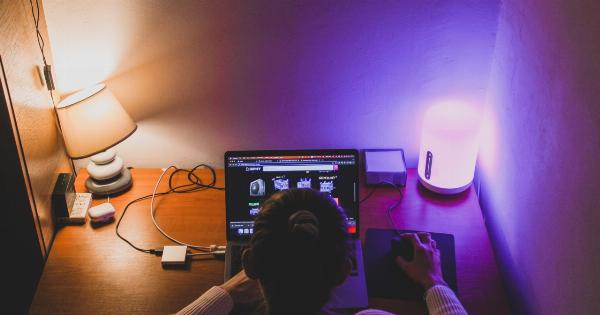Facial structure has always been an intriguing aspect of human anatomy. The way our faces are formed and the various components that contribute to its overall appearance have been a subject of study for centuries.
One particular element that plays a significant role in facial structure is the bladder. In this article, we will delve into the cause and process of bladder extraction in facial structure, shedding light on this fascinating topic.
What is Bladder Extraction?
Bladder extraction is a medical procedure that involves the removal or manipulation of the bladder within the facial structure. It is especially relevant in the context of facial aesthetics and cosmetic surgeries.
The bladder, in this sense, refers to a small, fluid-filled sac located in the cheek region, responsible for providing volume and contour to the face. Understanding the cause and process of bladder extraction is crucial in comprehending facial anatomy and the transformative possibilities it presents.
The Role of Bladder in Facial Structure
The bladder plays a vital role in maintaining facial structure and appearance. It acts as a storage medium for essential fluids, primarily responsible for providing hydration and nourishment to the surrounding tissues.
Additionally, the bladder’s unique composition allows it to retain volume and shape, bringing a youthful plumpness to the cheeks.
Furthermore, the bladder is responsible for supporting other facial structures, such as the skin, fat compartments, and underlying muscles.
Its strategic positioning ensures that the facial features remain harmoniously balanced, creating a visually appealing aesthetic. Any disruption or alteration in the bladder can significantly impact the overall facial structure and its perceived attractiveness.
The Causes of Bladder Extraction
There are various reasons why bladder extraction may be necessary. These include:.
1. Age-Related Changes
As we age, the bladder’s volume and function tend to decline. The loss of elasticity in the bladder walls can result in sagging and a sunken appearance in the cheeks.
In such cases, bladder extraction can help restore the lost volume and rejuvenate the overall facial structure, creating a more youthful and vibrant look.
2. Trauma or Injury
Facial trauma or injury, including fractures and lacerations, can disrupt the positioning and integrity of the bladder. Bladder extraction may be necessary to repair the damage and restore facial structure to its original state.
3. Facial Asymmetry
Facial asymmetry is a common concern among many individuals. In some cases, this asymmetry can be attributed to an imbalanced bladder or uneven distribution of fluids in the facial structure.
Bladder extraction techniques can help harmonize the facial contours, achieving symmetry and balance in appearance.
The Process of Bladder Extraction
The process of bladder extraction involves several precise steps to ensure successful outcomes. These steps may vary depending on the individual’s specific needs and desired results. Here are the general stages involved:.
1. Consultation and Evaluation
Before undergoing bladder extraction, a thorough consultation with a qualified medical professional is essential. The practitioner will evaluate the patient’s facial structure, identify concerns, and discuss potential treatment options.
This evaluation helps in determining the appropriate course of action and expected outcomes.
2. Anesthesia
Prior to the procedure, the patient is administered anesthesia to ensure comfort and minimize any potential pain or discomfort. The type of anesthesia used may vary, depending on the extent of the procedure and the patient’s medical history.
3. Incision
An incision is made in a predetermined location, typically within the intraoral or subcutaneous region. This incision allows the surgeon to access the bladder safely and perform the extraction process without leaving visible external scars.
4. Bladder Extraction
Using specialized techniques and equipment, the surgeon carefully extracts the bladder from its original position. This process requires precision and meticulousness to avoid any damage to surrounding structures and tissues.
5. Reshaping and Redistributing
After the bladder is extracted, it can be reshaped and redistributed to achieve the desired facial aesthetic. This step allows the surgeon to address specific concerns, such as facial asymmetry or volume loss.
6. Closure
Once the necessary adjustments are made, the incision is closed using sutures or other appropriate closure methods. The surgeon ensures that the incision is properly sealed, promoting healing and minimizing the risk of complications.
7. Recovery and Aftercare
Following bladder extraction, a recovery period is necessary to allow the facial structures to heal and adapt to the changes.
The patient must adhere to post-operative instructions, which may include avoiding strenuous activities, maintaining proper hygiene, and attending follow-up appointments to monitor progress.
The Benefits and Risks of Bladder Extraction
Bladder extraction in facial structure offers several benefits, including:.
- Restoration of facial contours and volume
- Improved facial symmetry
- Rejuvenation of overall facial appearance
However, it is important to acknowledge the potential risks associated with bladder extraction, which may include:.
- Infection
- Bleeding
- Scarring
- Nerve damage
- Adverse reactions to anesthesia
It is crucial to consult with a qualified professional and thoroughly understand the benefits and risks before opting for bladder extraction.
In Conclusion
Understanding the cause and process of bladder extraction in facial structure provides valuable insight into the intricacies of facial anatomy and the transformative possibilities it offers.
Bladder extraction has the potential to restore volume, enhance symmetry, and rejuvenate the overall appearance of the face. However, careful consideration of the benefits and risks, along with consulting with a skilled practitioner, is vital to ensure successful outcomes.
With advancements in medical techniques and technologies, bladder extraction continues to be an exciting avenue for individuals seeking to enhance their facial aesthetics and achieve their desired look.




